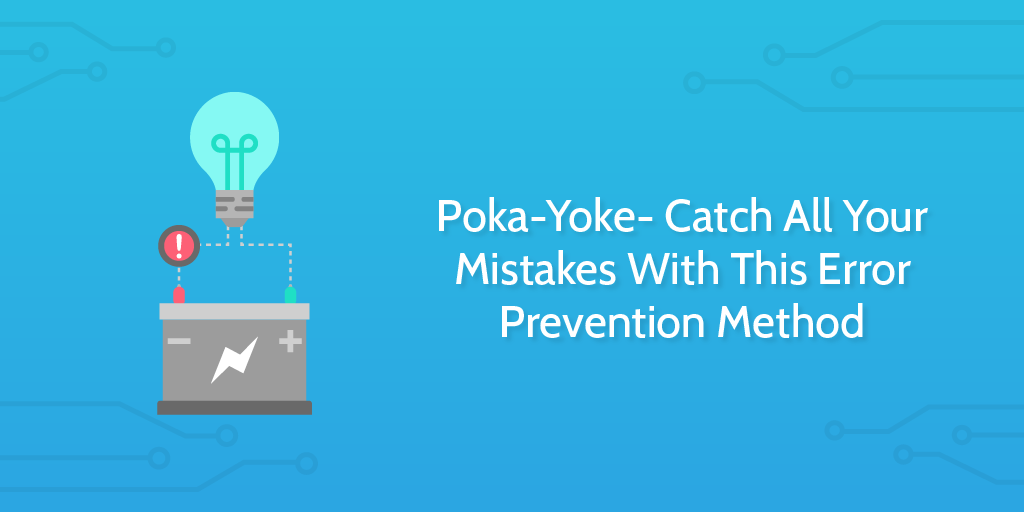 What’s better than fixing something when it’s broken?
What’s better than fixing something when it’s broken?
Stopping it from breaking in the first place.
This article is going to focus on how you can put certain steps in place to catch problems before they arise.
This technique is called poka yoke and was born out of the Toyota Production System. At its core, poka yoke is extremely simple. Any addition to a process which is included to change the behavior of the person operating the process with the intention of reducing mistakes, can be referred to by the concept poka yoke.
In this article we’ll look at:
- Where poka yoke came from
- How to implement poka yoke
- Successful examples of poka yoke in action
If you want your process to be the very best then you have to think about error prevention!
What is poka yoke?
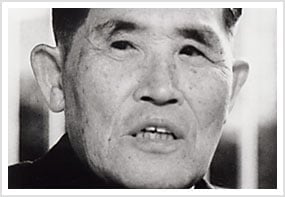
(Source)
Poka yoke is a step in a process which is designed to stop errors.
The poka yoke was developed by Shigeo Shingo as part of the development of the Toyota Production System in Japan, and translates roughly to “mistake proofing” or “inadvertent error prevention”. It was originally to be called baka yoke, which translates more closely to fool-proofing or idiot-proofing, but the Toyota team opted for the more respectful alternative.
A simple poka-yoke example is demonstrated when a driver of the car equipped with a manual gearbox must press on the clutch pedal (a process step, therefore a poka-yoke) prior to starting an automobile. The interlock serves to prevent unintended movement of the car.
The idea of this process step is that its presence reduces mistakes and over time with repetition the operator of the process is conditioned to this behavior.
Wikipedia outlines Shingo’s initial reasoning for developing poka yoke as an approach:
Shingo redesigned a process in which factory workers, while assembling a small switch, would often forget to insert the required spring under one of the switch buttons. In the redesigned process, the worker would perform the task in two steps, first preparing the two required springs and placing them in a placeholder, then inserting the springs from the placeholder into the switch. When a spring remained in the placeholder, the workers knew that they had forgotten to insert it and could correct the mistake effortlessly.
For Shingo, this all tied into the broader philosophy of defect reduction as a means to improve processes, counter to the broader Deming cycle philosophy. A defect, Shingo believed, only existed at the point it reached the customer. As such, if it was possible to catch a mistake earlier, then a product could be salvaged and defects tackled.
The poka yoke, therefore, was a method of catching those mistakes early; either by designing them out of the process, or by placing added controls for mistakes which can’t simply be designed away.
All this boils down to the fact that human error is a consistent and ever present variable.
Our process tinkering is geared to tackle human error head on. Not malicious behavior, but simple lapses of concentration and awareness.
There are many approaches we can take to finding and tackling these potential errors. In this article, we’ll focus on Shingo’s specific discussions of poka yoke, but you might also want to try FMEA, which you can read more about in a previous article of mine here: FMEA: The Analysis Method to Prevent the £100m British Airways Catastrophe.
You can find our FMEA template embedded here below to assist you in preempting process problems and formulating your approach to fixing them:
The 3 types of poka yoke for preventing errors
Shingo identified 3 particular approaches we can use for identifying or detecting errors which we would want to deal with.
These are:
- The contact method
- The fixed value method
- The motion step method
The contact method
This is a pretty simple approach to catching an error or something which has gone wrong.
The contact method is primarily just taking a good look at the product to identify defects or faults. Maybe it’s too big, too small, has too many legs – whatever the problem is.
Visually identifying problems through inspecting products is a straightforward way of picking up where a process has gone wrong.
In a normal production system, this step may be achieved by having a an individual station where all products have to pass through on the conveyer. The worker, or workers, at that station will then inspect each product which comes through for damage or defect.
Use this method:
If you wanted to incorporate this inspection method into a Process Street checklist, you could add a task for a separate person to check the work and use task based assignments to make sure that person had to be consulted on quality of work before the process continued.
The fixed value method
Also known as the constant number method, this one requires that a certain number of moves are made within the process, resulting in an alert to the operator if that mark isn’t met.
This might be more rigorously carried out for processes which have the highest levels of consistency.
If the correct number of steps in the process aren’t reached then the alert allows the operator to review which steps they did or did not take.
Use this method:
To enforce someone to follow a process in this way within Process Street could be done simply by using required fields or potentially through stop tasks.
The motion step method
Also known as the sequence method, this is simply determining whether the set steps of the process have been adhered to.
Utilizing these kinds of poka yoke techniques allows workers to have a clearer idea of what they’re doing, helps reduce overall defects, and begins to tackle company mistakes at the sources rather than papering over problems.
Use this method:
At its most base level, simply using Process Street is an example of motion step method; you’re documenting your process and then running it as a checklist each time you undertake the task.
In this sense, Process Street would be acting as the warning poka yoke looking to alert and fix problems before they arise.
10 examples of poka yoke use across 3 high tech industries
At its heart, a poka yoke is a really simple thing. In fact, the simpler the fix to the process, the better.
Let’s look at a load of different industries and see a couple of examples of poka yokes in use in each!
Poka yoke in the automotive industry

(Source)
- Lane-keeping assist: Though this isn’t used in the manufacturing of the car, this is a clear example of poka yoke to assist the driver in avoiding problems through behavioral changes. In modern cars, when you stray over the line in the road a warning system will alert the driver. This could be a beeping noise, a flashing light, or even a vibrating seat. The process in play is using the car to get from A to B and the process operator is the driver – this poka yoke identifies the human error in the process that could result in a defect (a crash) and puts an automatic alert system in place to assist the process operator.
- Fixed positioning in production: One example Toyota gives of poka yokes in their production system is the construction of the jigs which hold parts in place for processing. Toyota have designed these parts to be fixed in their positioning so that parts will be held in the exact same position each time without variation. This gives consistency to the worker resulting in consistency in the results.
- Vision system: Not exclusive to the automotive industry, but certainly important. A vision system is where a camera of some kind is set up in the production process. When a part moves along from one step of the process to another, the camera detects whether the part is positioned correctly. If it senses that the part is positioned poorly the vision system will sound an alarm or trigger the production process to stop until the part is repositioned. This is a great example of the power of automation in the manufacturing process, and is a technique which has been in place since the 1980s.
Poka yoke in the space industry
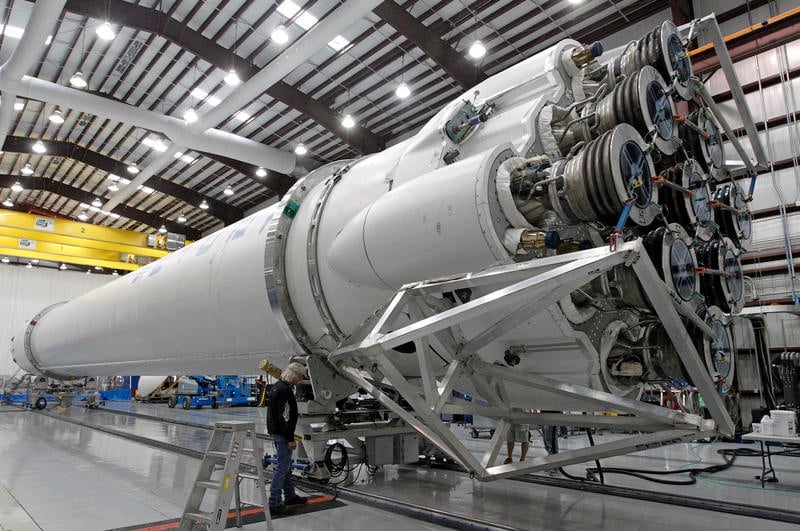
(Source)
- Free-return trajectory: The first spacecraft to travel using a free-return trajectory was a Russian craft in 1959. It has since been used by NASA in the early Apollo program missions to the Moon. It basically works by using the gravitational pull of the primary body (Earth) in relation to the path of the secondary body (Moon) to make sure that even if power goes, the spacecraft will return to earth. Check out the image below from Wikipedia:
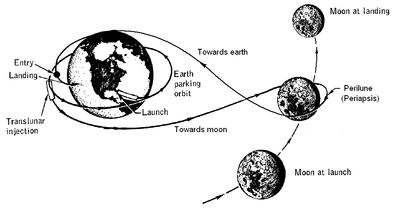
- Escape capsule: Given the extreme nature of space missions, an escape capsule is required to abort the process and jump to the last step – bringing the astronauts home. The capsule has engines which push it off into the right direction and parachutes to bring about a smooth landing.
- Preflight checklists: NASA, and other space organizations, utilize pre-flight checklists to make sure that no errors have been missed in the preparatory process. Inserting a step into your process where items are reviewed through inspection checklists is a crucial step to providing quality and, in space travel, preserving lives.
- Encourage critical engagement between teams: In my article Why the Normalization of Deviance is Hurting Your Company I wrote about how SpaceX arranged their vertically integrated production process to keep as many of their teams as possible in the same location. In doing so, they encourage teams to critically engage with one another and understand what each are doing. This provides a degree of review and assessment through cultivating critical company culture. This change is one identified as important to overcoming the normalization of deviance which Diane Vaughan diagnosed within NASA’s production process.
Poka yoke in the nuclear industry
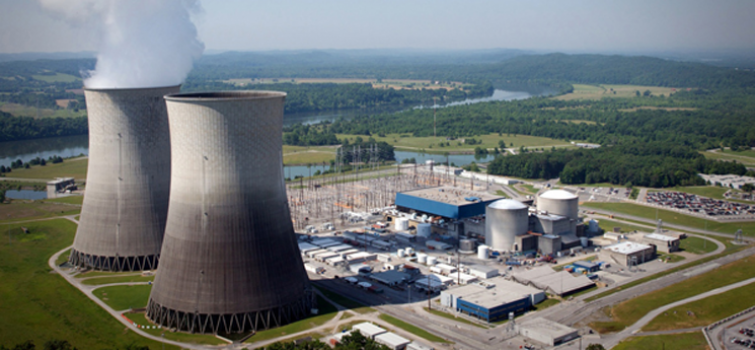
(Source)
- Neutron absorbing suspended control rods: The risks involved in nuclear power generation are substantial. Fortunately, this has resulted in thorough and effective control procedures to minimize the risk of anything going wrong. In many nuclear reactors, they are designed to have neutron absorbing control rods which are suspended by electromagnets. If the power goes then these rods stop being suspended and gravity pulls them downwards into the core. Once in the core, the rods absorb the neutrons to stop the nuclear fissure.
- Rolls-Royce use traffic light assembly lines: Rolls Royce us poka yoke in the design of subassemblies when manufacturing their small modular reactors. They separate risks into 3 sections and use poka yoke methodologies to tackle the different risks present. The three sections are prioritized from high-risk-easy-fix to low-risk-difficult-fix with a medium ground option too. Catching problems at this granular level protect the safety of the future active reactors they will be part of. One broad use poka yoke they employ is traffic light assembly lines so that all workers present know which areas of the assembly are active at any point in time.
- The Westinghouse AP-1000: This contains a particular design within the nuclear industry where a reservoir is located above the reactor vessel and the water is held back by valves. It’s similar in a sense to the neutron absorbing control rods in that it relies on gravity, except it focuses on halting a different problem within the reactor. If the cooling system in the plant fails then the valves open and the water gushes down to cool the reactor vessel. It has a secondary element too: convection. As the water heats and turns to steam, it rises up to the roof where it cools and pours down again. The design in use contains a reservoir with enough water to allow this cycle to continue for 3 whole days. During this 3 day cycle, the diesel generators are supposed to kick in which will then start pumping water from a nearby lake into the plant once the reservoir has run dry. The 3 day period also gives time to the nuclear team to react and begin their other contingency plans.
- Permissive Action Link: This is a step added into the process of launching nuclear weapons to make sure they are not launched accidentally or in an unauthorized manner. The definition of a Permissive Action Link from the United States Department of Defense is:
A device included in or attached to a nuclear weapon system to preclude arming and/or launching until the insertion of a prescribed discrete code or combination. It may include equipment and cabling external to the weapon or weapon system to activate components within the weapon or weapon system.
Even the most complex poka yokes benefit from simplicity
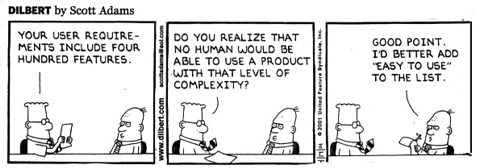
(Source)
The goal of a poka yoke isn’t just to reduce defects, but to improve the process.
As such, the best poka yoke techniques are ones which perform their role admirably while being efficient, easy to implement, and cost effective.
This example from an NBC republication of a Bloomberg article from Peter Coy demonstrates this nicely:
For inspiration, consider the manhole. If manholes were square, a cover that got jounced around by a passing vehicle could fall diagonally through the open hole. That’s why manholes aren’t square — they’re round, because no matter how you rotate a round cover, it can never fall through a round hole. The solution is brilliant in its simplicity, and cheaper than hiring armies of inspectors to go around making sure square covers are correctly aligned on square holes.
But it is important to understand the purpose of poka yokes too; their strengths lie in their simplicity but they are also their weakness, as Coy mentions:
The trouble with poka-yoke is that it lends itself mainly to preventing day-to-day types of mistakes, not strategic errors.
For me, as a writer, utilizing spell check technology to proof my articles and iron out mistakes or British (read:correct) spellings of certain words provides me with a poka yoke suited to my writing process. Yet poka yoke is much less effective for determining whether I’m misreading certain theorists, or other subjective errors which may occur.
However, just because poka yoke is a limited concept doesn’t mean it is any less valuable, and doesn’t mean it cannot impact indirectly on either strategic or subjective errors. As Michael Schrage of MIT’s Sloan School’s Center for Digital Business, writing in the Harvard Business Review, puts it:
…constantly looking for creative ways to minimize mistakes pushes people to rethink the process. That’s healthy. It invites innovation.
So keep rethinking and reanalyzing and reoptimizing your processes with poka yoke techniques and more, and watch your mistakes flow away like a reservoir into a nuclear reactor…
Have you utilized poka yoke theories and methods to reduce mistakes in your business processes? Let me know how it went in the comments below!







 Workflows
Workflows Projects
Projects Data Sets
Data Sets Forms
Forms Pages
Pages Automations
Automations Analytics
Analytics Apps
Apps Integrations
Integrations
 Property management
Property management
 Human resources
Human resources
 Customer management
Customer management
 Information technology
Information technology



Adam Henshall
I manage the content for Process Street and dabble in other projects inc language exchange app Idyoma on the side. Living in Sevilla in the south of Spain, my current hobby is learning Spanish! @adam_h_h on Twitter. Subscribe to my email newsletter here on Substack: Trust The Process. Or come join the conversation on Reddit at r/ProcessManagement.